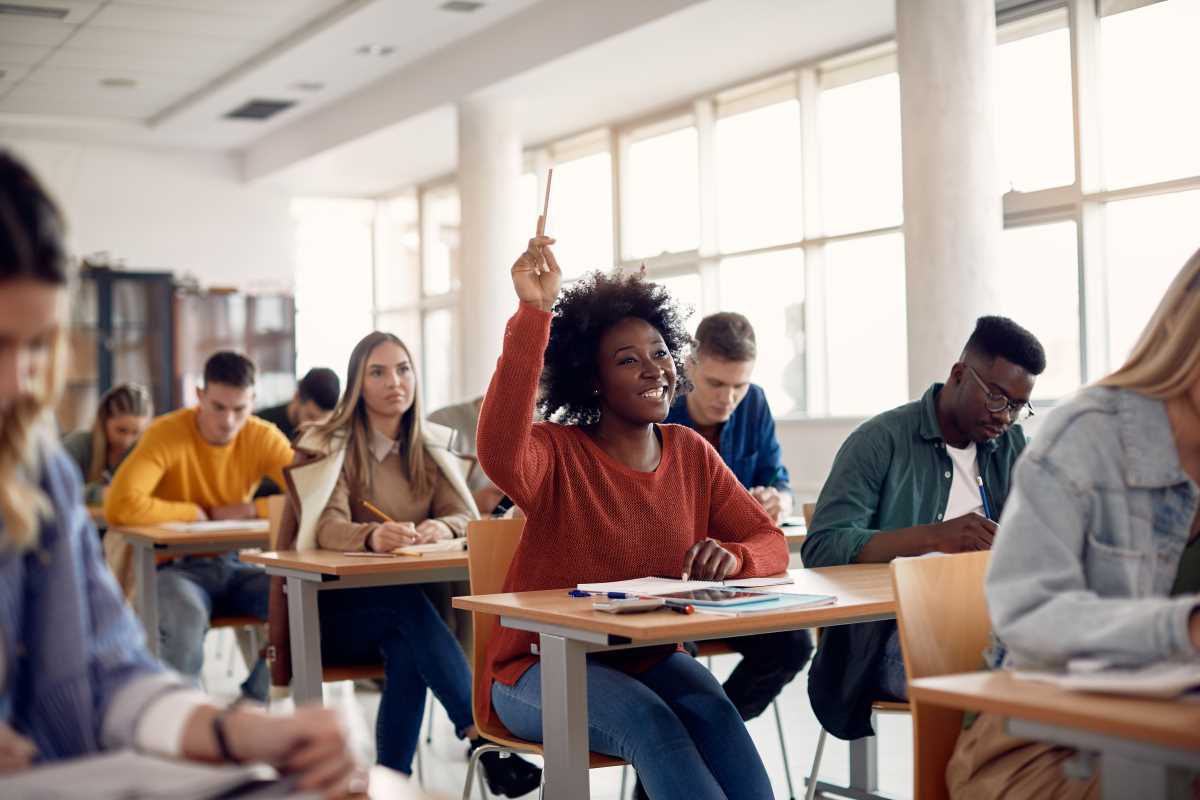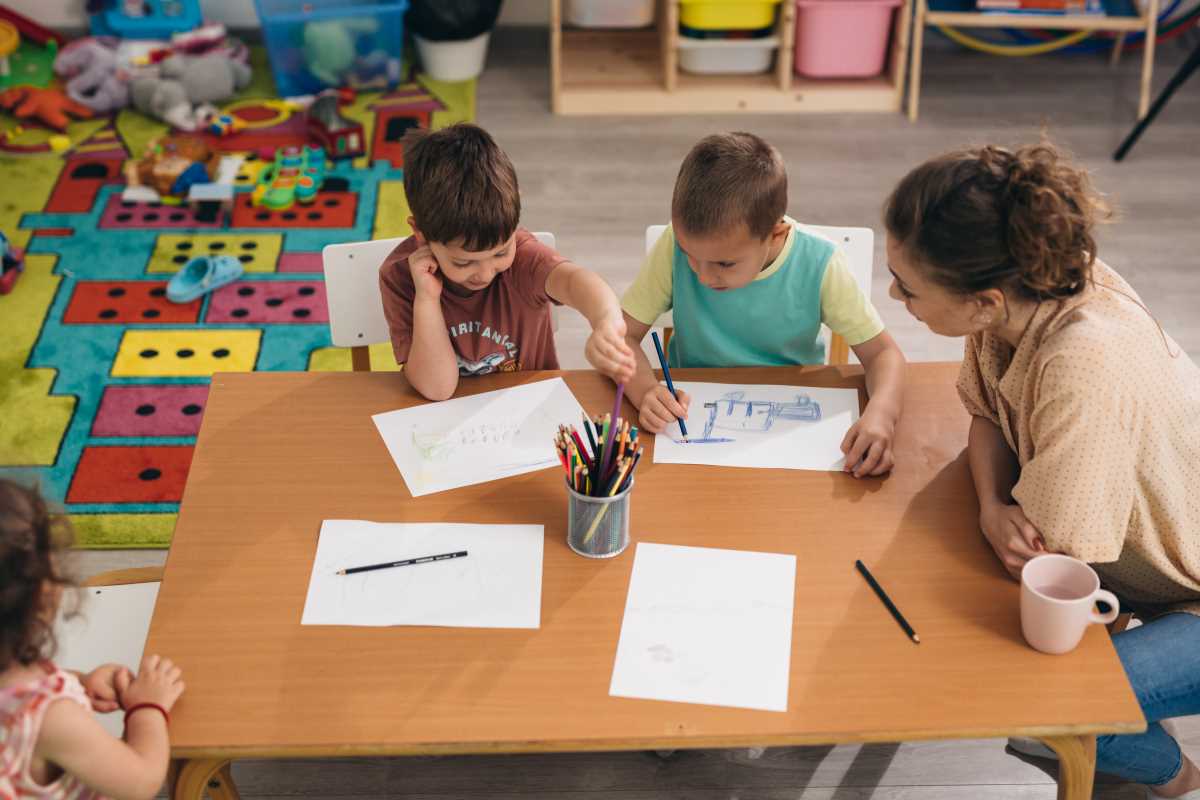Virtual classrooms have revolutionized the way we approach education, bringing an unprecedented level of flexibility and accessibility to learners everywhere. Initially born out of necessity during worldwide lockdowns, this digital approach to learning has transformed into a refined and dynamic method of education that shows no signs of slowing down. With each technological advancement, virtual classrooms offer more immersive and engaging experiences, paving the way for a new era in education. This continuous evolution not only enhances the learning process but also prepares students and educators for a future where digital learning remains a cornerstone of education.
The Current State of Virtual Classrooms
- Benefits:Flexibility in scheduling, allowing students to learn at their own pace.
- Access to a wide range of resources and materials online.
- Opportunities for personalized learning experiences tailored to individual needs.
- Reduced costs associated with commuting and physical materials.
- Challenges:Limited interaction and engagement compared to traditional classrooms.
- Internet connectivity issues that can hinder the learning process.
- Difficulty in maintaining student motivation and discipline remotely.
- Potential distractions at home that can affect concentration and participation.
Technological Advancements Driving Change
- Artificial Intelligence: AI-powered tools provide personalized learning paths and real-time feedback, enhancing the learning experience.
- Augmented Reality (AR) and Virtual Reality (VR): These technologies create immersive environments that make complex subjects more understandable and engaging.
- Blockchain: Ensures secure and transparent record-keeping of academic credentials and achievements.
- Cloud Computing: Facilitates access to educational resources from anywhere, enabling seamless collaboration and storage.
- 5G Technology: Offers faster internet speeds and more reliable connections, essential for high-quality virtual interactions.
The Future of Education with Virtual Classrooms
As technology continues to advance, virtual classrooms play a pivotal role in changing the way education is delivered. The integration of advanced tools and platforms is expected to make learning more interactive and engaging, bridging the gap between students and educators regardless of their physical locations. This shift will likely lead to more inclusive educational opportunities, catering to diverse learning styles and needs.
In the future, virtual classrooms could incorporate more adaptive learning technologies that respond to each student's progress in real-time, providing a truly customized educational experience. The blending of virtual and physical learning environments, known as hybrid models, will become more prevalent, offering the best of both worlds.
Innovative Features to Look Out For
The next generation of virtual classrooms will boast a variety of innovative features designed to enhance the learning experience. Interactive whiteboards will allow for real-time collaboration, while AI tutors can assist students outside of regular class hours. Enhanced analytics will give educators deeper insights into student performance, enabling them to adjust their teaching techniques effectively.
The incorporation of gamification elements will make learning more enjoyable and motivating for students. Features like leaderboards, badges, and interactive challenges can create a sense of competition and achievement, encouraging students to engage more deeply with the material.
Adapting to Evolving Learning Environments
Both educators and students need to adjust to these evolving virtual learning environments to maximize their potential. For teachers, this means embracing new technologies and continuously updating their skills to utilize the latest tools effectively. Professional development programs and training sessions can help educators stay current with technological advancements and instructional techniques.
Students should develop strong self-management and digital literacy skills. Learning how to navigate virtual platforms, manage their time effectively, and stay disciplined in a remote setting are crucial for success. A proactive approach to seeking help and engaging in discussions can enhance the overall learning experience.
Creating a conducive learning environment at home is also essential. Minimizing distractions, setting a regular study schedule, and having a dedicated workspace can significantly improve concentration and productivity. Both educators and students should communicate openly about their needs and challenges to ensure a supportive and effective virtual learning experience.
Collaboration is another key aspect of adjusting to virtual classrooms. Encouraging group projects and peer-to-peer interactions can help maintain a sense of community and belonging, which is often missing in online settings. Utilizing collaborative tools like shared documents, discussion boards, and video conferencing can facilitate teamwork and enhance the learning process.
Integrating feedback mechanisms where students can share their experiences and suggestions can help improve the virtual classroom environment. Educators should be open to adjusting their teaching methods based on this feedback to better meet the needs of their students.
Ultimately, embracing a growth mindset and being open to change will enable both teachers and students to succeed in the evolving landscape of virtual education. Continuous learning and adaptability are essential to keep up with rapid advancements and to make the most of virtual classrooms.
Virtual classrooms have become a lasting part of education, offering flexible and inclusive learning opportunities. Embracing this shift allows educators and students to harness technology for a more engaging and accessible future.







.jpg)